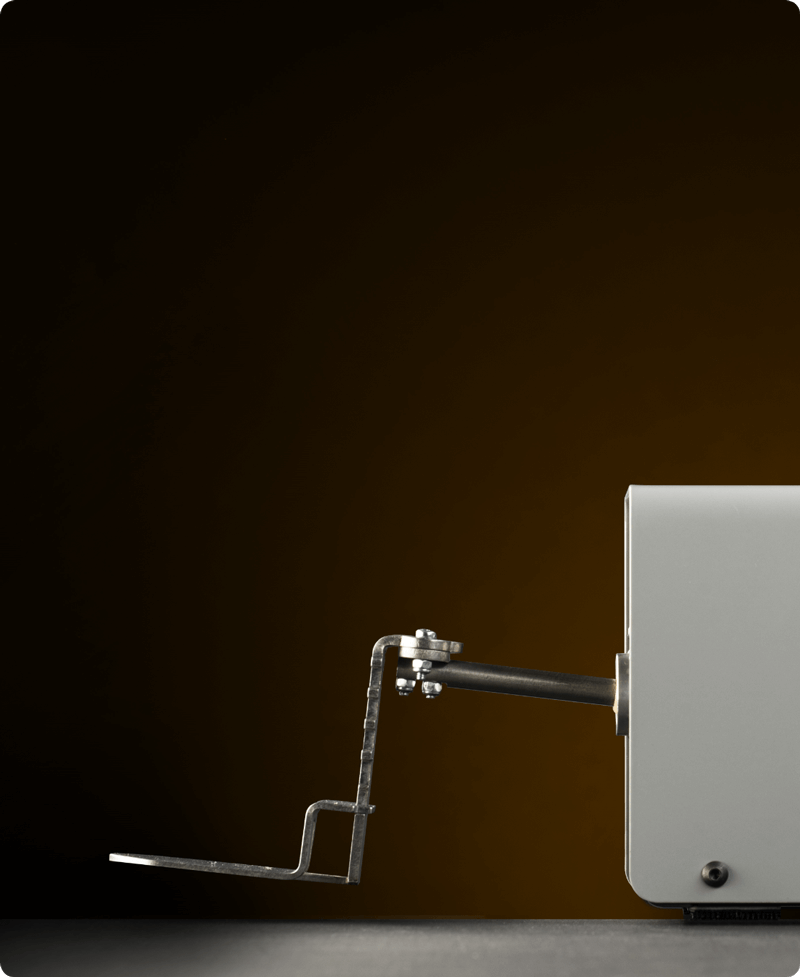2020 will surely be one of the years people will never forget. Unfortunately, not because something amazing happened and changed the lives of people from all over the world. Yes, we’re talking about the COVID-19 pandemic which, at a second thought, did change our lives. But not in a good way.
This spring, during the so-called first wave, we weren’t prepared for such a scenario, and many industries, taken by storm, were seriously affected. Food retail was, from many points of view, seriously hit.
Yes, people kept doing their groceries in physical stores, but a lot of them, fearing the unknown this virus was bringing, started to opt for online shopping, curbside collection, click and collect, home delivery, grab and go and so on.
All these changes put a lot of pressure on food retailers, making them realize that in order to survive, a few changes are in order. And most of them did very well when it came to coping up with the virus, thus managing to keep the biggest part of their clients and even gain new ones, mostly due to the safety measures and various delivery options offered. Sure, there were some cases in which the exact contrary happened, but we’ll discuss this another time.
Ok, but COVID-19 is far from being history, unfortunately, and we’re now dealing with what looks like a second wave, with the number of cases rising across the world.
“Great, just great…” We believe most food retailers are saying now. And we’re feeling you guys. We were also thrilled at the idea that everything is over.
So, what now?
Learning from past experiences. Or not?
Now, don’t get us wrong, we know times are rough and any food retailer isn’t exactly enjoying itself right now, just thinking that this pandemic can seriously affect its business. But hey, let’s look at the bright side: most of them know exactly what they are dealing with and how to handle it.
Or at least they should!
According to a report from Retail Systems, the majority of retailers haven’t been making any preparations for the second coronavirus wave. In the UK, more than half of them are convinced that they could survive another impact, even in the eventuality of a longer lockdown period.
As a side note, it’s not just the retail that’s failing to adapt, but other sectors as well, like fashion or entertainment brands.
In the meantime, brick and mortar stores are appearing to take another hit. Retailers are now in a situation where they need to sustain massive cash flow pressures, due to decreased sales and overheads from salaries and rents. And this could be just the trigger for a dangerous domino effect across many regions of the world!
Consumers are reacting
During the first wave of the pandemic, consumer behaviour was - somehow in a weird way - one of the most interesting aspects of the pandemic to study.
A study conducted by Accenture in May revealed that the set of habits formed during the first wave of the coronavirus pandemic will, most likely, endure beyond the crisis, changing what consumers value, but especially how and where they shop.
Specifically, this spring and throughout the first months of summer, it was observed that consumers began shopping more consciously and efficiently, focusing on the environment, health, and cost.
Obviously, retailers are aware of this and it wasn’t long until they reacted. Food retailers especially are focusing on protecting the safety of their employees and customers, adopting new business models and launching new services.
Confronting the second Coronavirus wave
An improved shopping experience, whether it’s happening online or offline, delivery services respecting all safety measures and, probably the biggest challenge of them all, maintaining the same amount of in-store promotion, while complying with social distancing measures.
These are just a few of the changes made by retailers over the past months. And with a whole set of rules that must be kept in mind when developing promotional strategies, we must agree that food retailers are having a rough time.
Unless they start using some of the latest in-store marketing innovations, of course.
By combining light, sound, and motion technology, we developed Tokinomo, a robotic interactive display complying with all social distancing measures and able to impact sales, even in difficult times.
How can it impact them? By helping a product tell its story - like, really tell it - and create, in a few instants, an emotional connection between your brand and the buyer. And you do know what happens as soon as buyers feel that spark between them and a brand, right?
That’s right, they turn into regulars. Exactly what any brand in food retail is craving for during the second coronavirus wave.



